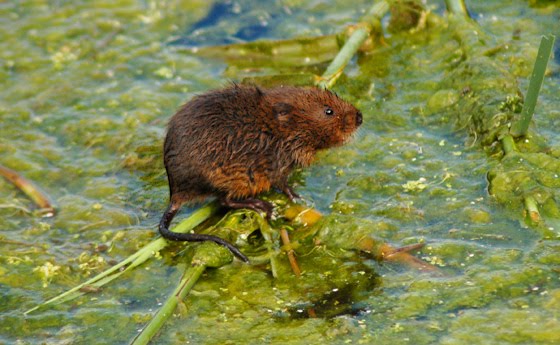Our next visit was to Hickling Broad National Nature Reserve, another Norfolk Wildlife Trust reserve consisting of open water, reedbed, fenland, grazing marsh and woodland. On arrival, the visitor centre volunteers were very helpful in suggesting the best site to spot Swallowtails and we set off in anticipation. To our right, large numbers of dragonflies and Gatekeeper butterflies, whilst hobbies hunted over the fields to our left.
On approach to the first hide Andrea saw what she thought was a Crane which was confirmed by a gentleman already in the hide who said it was the only bird of note he'd seen all day. We continued on, reaching the spot we'd been recommended as a popular haunt for Swallowtails.
On first pass there was no sign, but on our return a Swallowtail butterfly alighted on Hemp Agrimony and settled low on the flowerhead open winged as the breeze picked up. It was the only one we saw during our visit but what a treat.

I couldn't resist making the most of the persepective with this one, the littlest Little Egret and the most monumental Mute Swan in the Broads. No photoshopping tomfoolery took place I assure you, its straight out of the camera, I just got lucky.
From one of the hides we watched three Common Snipe in the grassy margins
A male Black Tailed Skimmer tucks into a juicy meal.
A Brimstone backlit on thistles.
I think this is an Emerald Damselfly
During our visit to the reserve we also enjoyed a boat trip around the broad, bookable from the visitors centre. Not known for my sea legs I have to admit that it rates as one of my most enjoyable boat trips with no unpleasant side effects whatsoever. Our captain for the journey was knowledgable and friendly and we enjoyed sightings of Ruddy Shelduck, Green Sandpiper, Ringed Plove, Ruff, Grey Heron, Great Crested Grebe, Shelduck. Another great place to explore...

















































